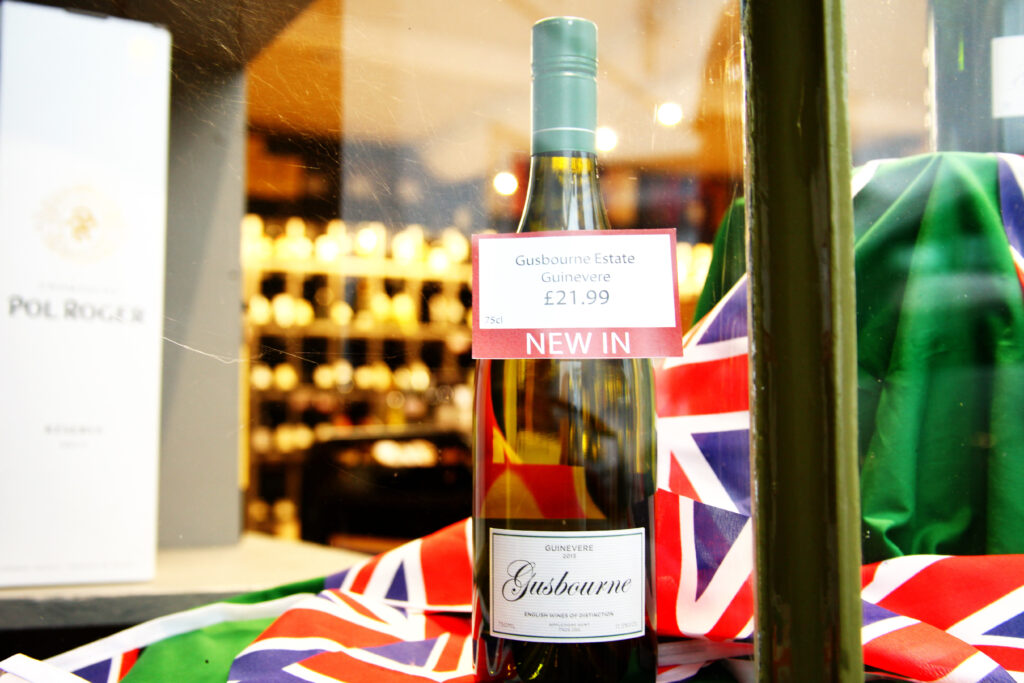English wine producers are thriving thanks to climate change. They now grow Champagne grapes and produce top-quality sparkling wine.
For over 300 years, Champagne has been the drink of celebration. It’s toasted at weddings, sprayed at races, and even bathed in by stars like Marilyn Monroe. Created in 1668 by Dom Pérignon, Champagne has dominated the sparkling wine market. Despite global competition, its reputation has remained unmatched.
But now, a surprising challenger has emerged: sparkling wine from southern England. Warming weather has made the notoriously chilly UK more like Champagne’s climate 50 years ago.
A Changing Climate and Growing Expertise
“English wine producers now grow grapes traditionally used in Champagne,” says Sam Linter from Plumpton Agricultural College. These include Pinot Noir, Pinot Meunier, and Chardonnay. “This climate shift allows us to ripen top-quality grapes suited for sparkling wine,” adds Chris Boiling, editor of Canopy magazine.
Talent also plays a big role. Winemakers today produce exceptional wines with distinctive characteristics. Once seen as imitations, English sparkling wine now boasts its own identity. With fruity, toasty, and elegant notes, it competes with Champagne.
Thirty years ago, Plumpton focused on traditional farming. Now, it specializes in viticulture and winemaking. Fields once grazed by sheep are filled with vineyards. “Winemaking has transformed agriculture,” says Linter. “It’s reshaped the landscape and created new economic opportunities, including hospitality and tourism.”
Vineyards and Visionaries
Fifteen miles from Plumpton, Rathfinny Vineyard produces up to 400,000 bottles annually. Mark and Sarah Driver began winemaking in 2010, turning a small farm into a bustling enterprise. Today, 90 people manage wine production, accommodations, and a restaurant.
“Our sunny, south-facing slopes protect grapes from frost,” says Sarah. Sea breezes keep grapes clean and add salinity to the wine. The chalky soil, identical to Champagne’s, retains water and nourishes the vines without irrigation.
The South Downs, home to Rathfinny, has inspired artists and writers for centuries. This landscape is ideal for growing grapes, adding to Sussex wine’s distinctiveness.
A Storied Past and a Bright Future
Viticulture in Britain dates back to Roman times but waned during the Middle Ages. A revival began in the 1970s with pioneers like Bolney Wine Estate in Sussex. “Early winemakers faced unpredictable weather and lacked traditions,” says Linter. Despite challenges, Bolney proved exceptional wines could be made in England.
Now, England and Wales have nearly 1,000 vineyards, with 500 in Sussex alone. New producers like Redfold Vineyard, whose wines win international medals, continue the tradition.
English sparkling wines have gained global acclaim. They’ve been served at royal events and won blind tastings against Champagne. French Champagne producers are even buying land in England, recognizing its potential.
Sussex sparkling wines, priced from £20 to £40, are becoming synonymous with quality. “Our wines are now consistently high-quality,” says Sarah. “One day, we hope people celebrate with Sussex rather than Champagne.”
